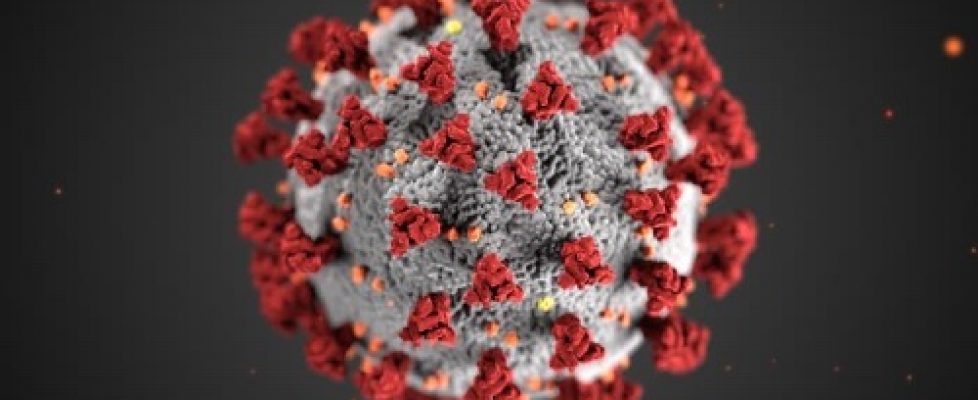To Avoid Quarantining Healthcare Workers, Hospitals Expand Telehealth to Screen for COVID-19
Thanks to COVID-19, we’re running low on personal protective equipment (PPE), hand sanitizers, and allegedly, in some cases, responsible oversight of government responders. Now it appears that we may run low on healthcare workers thanks to the growing number of such workers who self-quarantine. The first documented instance of community transmission of a patient in Vacaville, California, led to more than 200 hospital workers being quarantined, according to Kaiser Health News (KHN). Jennifer Nuzzo, DrPH, a senior scholar at the Johns Hopkins Center for Health Security, tells KHN: “It’s just not sustainable to think that every time a health care worker is exposed they have to be quarantined for 14 days. We’d run out of health care workers.” Nuzzo argues that hospitals need to find the proper balance that hinges on the continuing flow of evolving medical information about COVID-19 and maintaining enough staff to keep hospitals and other healthcare institutions in operation.
In an opinion piece in STAT this morning (“What Does the Coronavirus Mean for the U.S. Healthcare System? Some Simple Math Offers Alarming Answers”), Liz Specht, the associate director of science and technology at the Good Food Institute, an organization that promotes alternatives to animal-based products, argues that there will almost certainly be a shortage of N95 masks and other personal protective equipment (PPE) for healthcare workers in the coming months. The United States has about 12 million N95 masks and 30 million surgical masks in stock for a healthcare workforce of about 18 million, according to the US Centers for Disease Control and Prevention (CDC). “As Covid-19 cases saturate nearly every state and county, virtually all health care workers will be expected to wear masks,” Specht writes. “If only 6 million of them are working on any given day (certainly an underestimate) they would burn through the national N95 stockpile in two days if each worker only got one mask per day, which is neither sanitary nor pragmatic.”
About 80% of all PPE manufactured globally comes from Asia, but large producers like China, Taiwan, Thailand, India, and South Korea have stopped exporting because they need the PPE to deal with COVID-19 outbreaks in their own countries. And it’s unlikely that ramped up domestic production will be able to keep up with demand, writes Specht.
“Even with full personal protective equipment, health care workers are becoming infected while treating patients with Covid-19. As masks become a scarce resource, doctors and nurses will start dropping from the workforce for weeks at a time, leading to profound staffing shortages that further compound the challenges,” Specht writes.
Some hospital systems are turning to telehealth to help protect their employees, as has been recommended by both the CDC and the World Health Organization (WHO). Judd Hollander, MD, an emergency department physician and the senior vice president for healthcare delivery innovation at Jefferson Health in Philadelphia, told Infection Control Today® last week that advances in telehealth could make it a crucial tool in containing COVID-19. He said that “telemedicine is much more advanced and is commonly used in some health systems. For example, Jefferson has done over 150,000 synchronous audio video visits across over 1,000 providers. Thus, when a crisis comes, it is possible to rapidly scale. The second difference is that there is not a problem with infrastructure as might happen after a hurricane so that communications methods are not disrupted.”
Physician concerns about reimbursement remains a problem, Hollander said. “Without a doubt, reimbursement is the main thing that has prevented further adoption of telehealth,” he said. “Only a few states mandate the payers pay for the services regardless of how they are delivered (in-person or via telemedicine).”
Sutter Health is a believer in telehealth. The health system, in Northern California, is asking patients to call a hotline specifically installed to screen patients for symptoms of COVID-19 rather than come to one of the emergency rooms in one of Sutter’s 24 hospitals. Nurses will screen the calls and those with symptoms will be directed to make a telehealth appointment. Bergen New Bridge Medical Center, in Paramus, New Jersey, expanded its telehealth services to deal with COVID-19. It prominently displays information about telehealth on its website. “With the rapidly evolving health crisis, we felt extending the reach of our services into the home was crucial in identifying patients and expediting care while also limiting community exposure,” said Deborah Visconi, the medical center’s president and CEO said in a press release. “It is our hope that by putting our experts at the fingertips of the community, people’s fears will be eased and they will be more willing to seek early evaluation and treatment.”
Telehealth and other emergency responses to COVID-19 is being hampered by the fact that from 2003 to 2019, government funding was almost halved for the Hospital Preparedness Program (HPP), according to Trust for America’s Health (TFAH), which bills itself as a not-for-profit, nonpartisan organization seeking to improve healthcare for Americans. TFHA thinks that the US Department for Health and Human Services (HHS) should allocate $475 million for HPP; the allocation for fiscal year 2019 was about $265 million. In 2003, the HPP allocation was $514 million. HPP funds regional collaborations among healthcare organizations, public sector agencies, providers, and emergency managers to respond to healthcare emergencies. “HPP builds resilience in the healthcare delivery system by increasing their ability to operate and provide care during a disaster, saving lives and ensuring the earliest possible recovery of the system,” TFAH says in a press release. “The cooperative agreements support 476 healthcare coalitions with 31,000 participating facilities from across the health system, a 92 percent increase in participation since 2012.”

